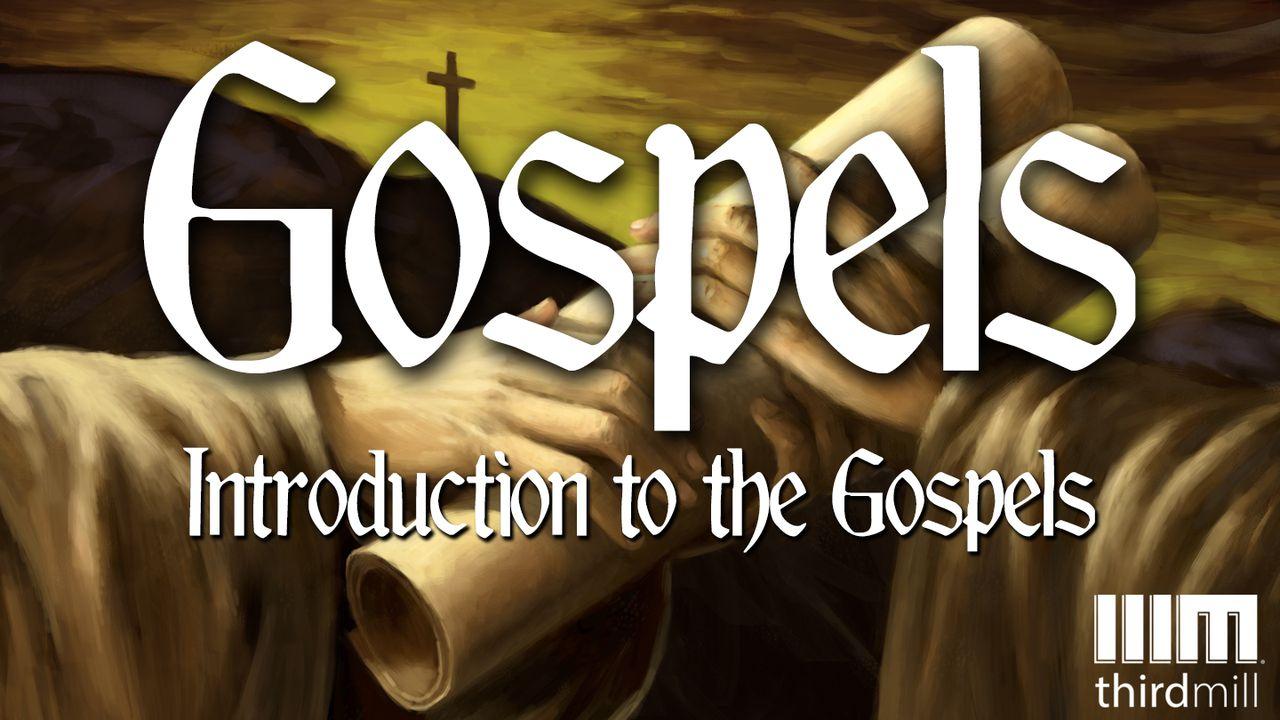Introduction To The Gospels預覽

Differences of Gospels from Greco-Roman Biography
Although there are several differences we might mention, we’ll focus on just three. First, the Gospels differ from Greco-Roman biographies in their intended audiences.
Ancient biographies were usually intended for broad audiences, while the Gospels were written for the relatively specific audience of the early Christian church. Although they exhibit certain traits of biographies, they are fundamentally intended for religious uses within the church. This specific design is confirmed by how quickly they became regularly used in the teaching and worship of the church.
Second, the Gospels differ from biographies in their emphases. Greco-Roman biographies typically emphasize the personal qualities of their main characters, encouraging others to imitate their life and personalities. Although there are many ways the life of Jesus is our example, the Gospels have a distinctly different focus. They emphasize the uniqueness of Jesus. They focus on Him as the one who reveals God and redeems His people as no one else can. This is why so much of the narrative of the Gospels is spent on the last week of His life — the Passion week.
Third, the Gospels and ancient biographies represent different cultures. Biographies gave expression to Greco-Roman interests, values, and life-style. The Gospels are much more influenced by Jewish culture and especially by the Old Testament. This is true even of the Gospel of Luke, the gospel most influenced by Greek culture and thought.
In conclusion, there are notable similarities between the Gospels and Greco-Roman biographies. And these similarities can shed some light on the meaning of the Gospels. But in light of the significant differences between them, it’s clear that the Gospels do not fit neatly into the genre of Greco-Roman biography.
關於此計劃

This reading plan explores the literary character of the Gospels, their status in the Church, and their unity and variety.
More







